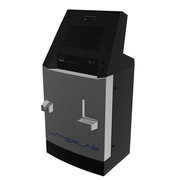Filter By Brand
- Thrive Aquatics (1)
Thrive Waterlab
With inaccurate water testing plaguing the aquatic market, Thrive Aquatics realized the need for a new and innovative water testing and solution center that provides accurate, time efficient, and low cost water testing. Thrive Aquatics’ Research and Development Team searched inside and outside of the aquatic industry to integrate new technological ideals and found accurate water testing can be achieved through our colorimeter technology.
Designed for Brick and Mortar Retail shops, the Thrive WaterLab™ is able to test Freshwater, Saltwater, and Pond water. From Beginner to Advanced hobbyists, the user friendly nature of our interactive user interface, identifies, predicts, and solves common water problems across all water types. Capable of preforming 10 plus tests in each water parameter category, the Thrive Waterlab TM provides individual accurate results, by simply placing a water sample into the kiosk door and answering a few quick questions. Test results are then printed by the Thrive Prescription Center, providing hobbyists and stores with tangible solutions to everyday problems.
Each Thrive WaterLab™ Profile allows hobbyists and stores to save their tank information and build an aquatic profile, through the Thrive Analytics platform. All test results and tank information can be easily accessed from either in the shop or from home.
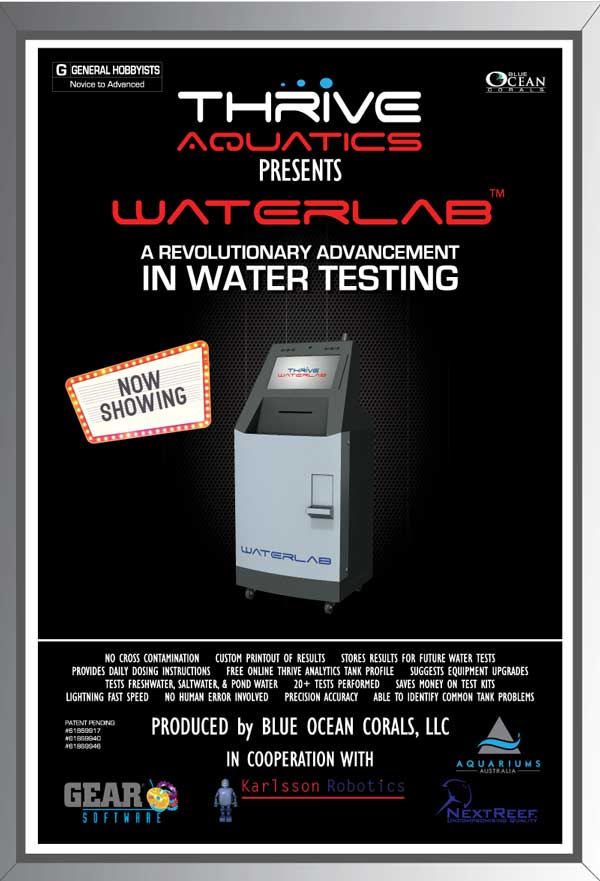
Return on Investment:
The Thrive WaterlabTM brings great value to any specialty aquatic or pet Brick and Mortar store. Many stores waste multiple hours per day performing water testing. With so much daily attention on water testing, testing quality, accuracy, time, and the overall cost involved, owners can see a negative shift in employee resources. The Thrive WaterlabTM can increase your ROI by:
- Saving employee time spent on testing water
- Save employee payroll expenses
- Test kit costs
- Provide value to your customers
- Ease of use
- No cross contamination
- More employee time with customers
- Accurate results
- Consistent solutions for common aquarium problems
- Easy interactive interface
- Onboard credit card processing
- Increased product sales
- Saved data for future store and customer use
Tests for Freshwater and Ponds:
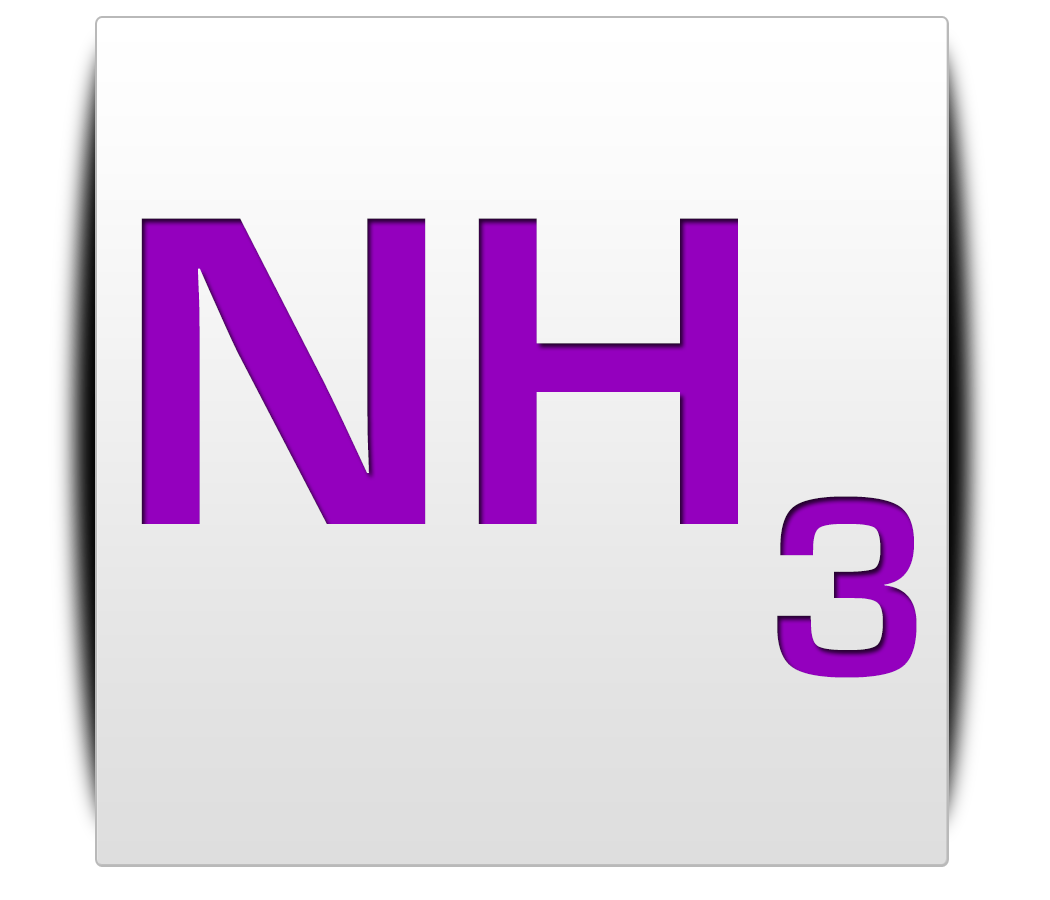
Ammonia: Ammonia is extremely toxic to fish, causing fish stress and death. Ammonia can be found in both start up tanks and established tanks alike. New tank set up should test ammonia levels before fish and other livestock are added to reduce the risk of livestock loss. While in established tanks, ammonia should be monitored to ensure ammonia levels are kept to a minimum. Unattended water and tank equipment can cause spikes in ammonia readings and cause fish stress and/or death.

Nitrite: typically tested in new and cycling tanks, nitrite levels are often an indicator that a tank is not ready and/or safe for livestock. Adding fish while nitrite levels are still present in thetank causes sick or dead fish and the cycle to never fully develop into a safe and health livestock environment.

Nitrate: Nitrate levels are not as dangerous as their cycling partners, Ammonia and Nitrite, but do need to be monitored, as high levels can cause fish stress.

Colour of Water: Water clarity, or the lack thereof, maybe imparted to a number of issues occurring in the tank. Certain issues cause a change in water coloration and should be tested to ensure danger is not brewing in a tank environment.
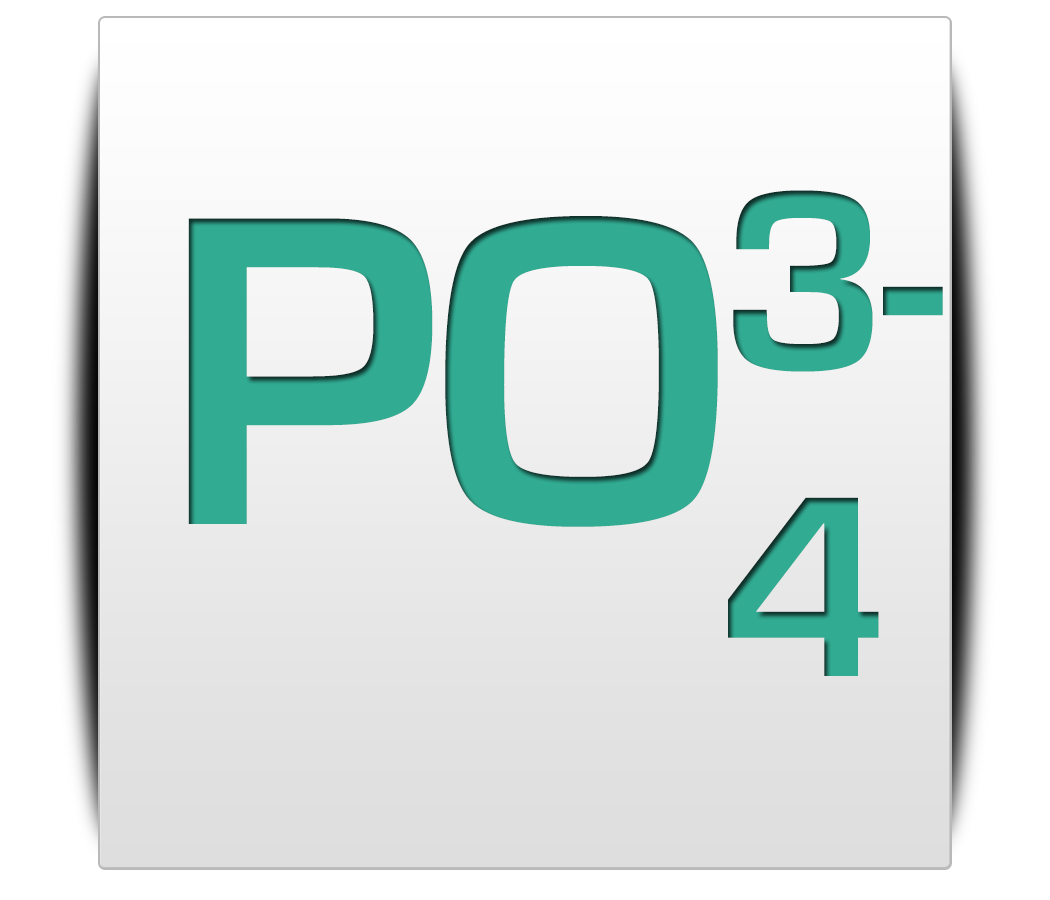
Phosphate: phosphate levels should be monitored regularly, as phosphates occur naturally in all aquatic communities. High phosphate levels can cause livestock stress, death, and algae blooms.
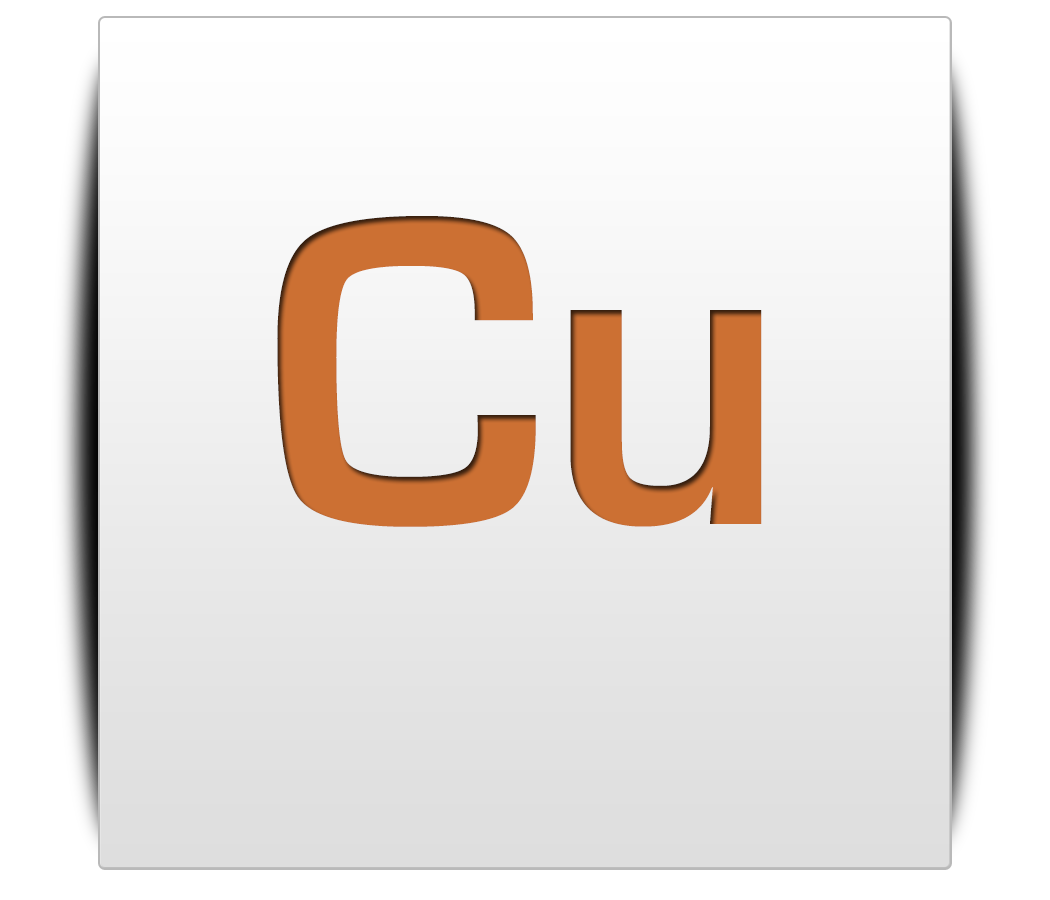
Copper: Copper is a wonder drug for fish, as copper can treat/cure common fish disease(s). Although copper works well in killing parasites, copper is very dangerous and deadly addition to an aquatic environment. Copper is an unstable ion that will bond to any ions present in the tank, making copper reduction a hard task. If treating a sick fish and introducing, him or her back into you aquatic environment, copper testing is must, as copper buildup is lethal.
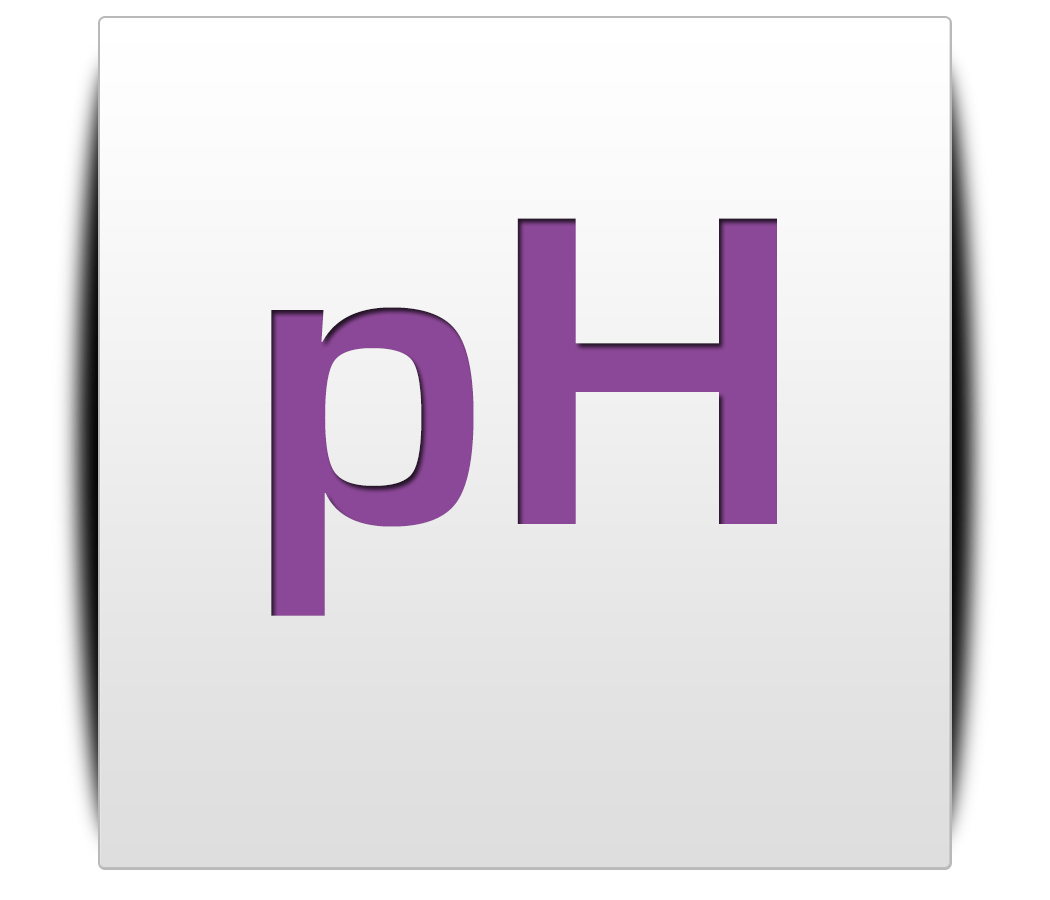
pH: all freshwater environments are in need of stable pH readings between 6.5 to 7.5, depending on the type of freshwater community. Too high or too low of a pH reading can cause harm to livestock and equipment. pH levels can cause algae blooms, parasites to thrive, and/or cause a spike in ammonia , carbonate hardness and nitrite readings.
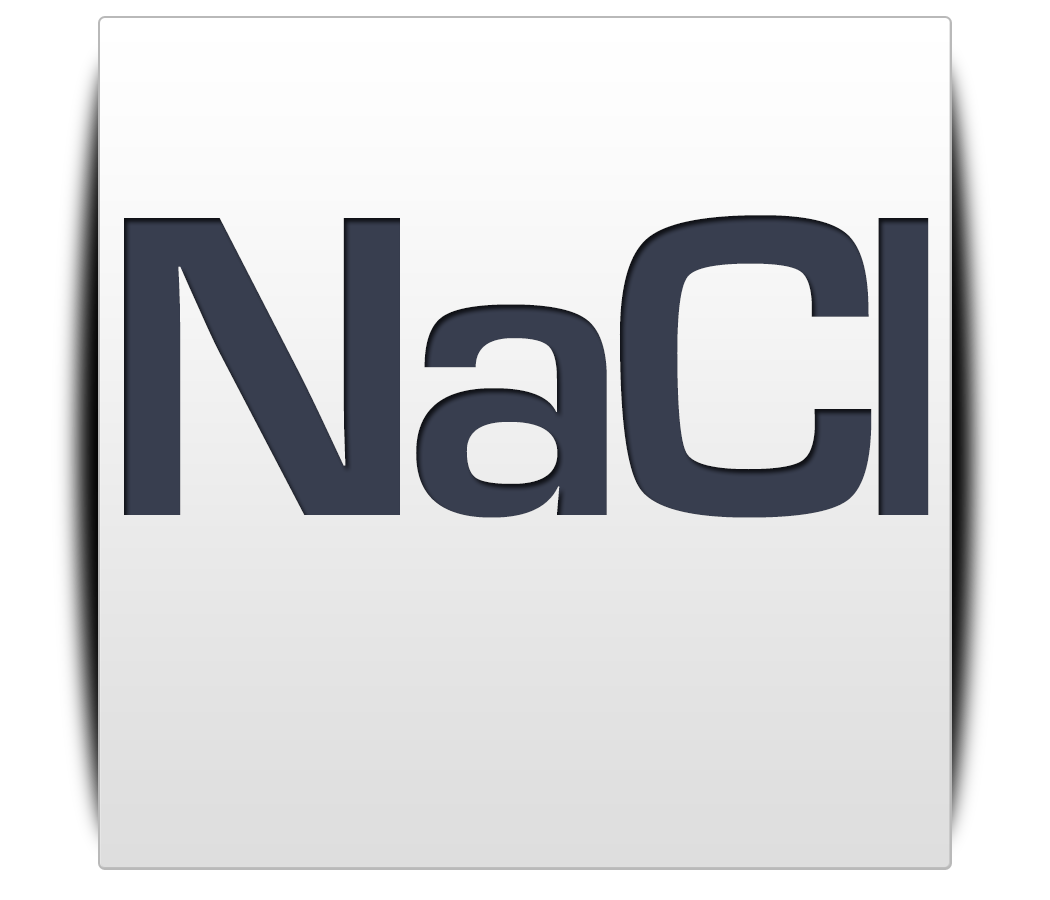
Salt: salt levels in freshwater and pond environment should read around 1.006ppm. Salts are an important aspect to any environment as it provides and aid slime coating on fish. Slime coat is a protective layer formed on fish to fight off infection.

Potassium: Freshwater and pond planted environments are in need of potassium for plant growth and plant livelihood.

Carbonate Hardness: It is important to regularly check carbonate hardness as tests indicate carbonate and bicarbonate levels in aquatic environments. Low levels can cause pH level to drop and tank environments to be open to multiple issues.

General Hardness: much like carbonate hardness, general hardness effects pH levels. The metals that are found in water can cause buildup, while too soft of water can cause spikes in pH levels
Tests for Saltwater:

Ammonia: Ammonia is extremely toxic to fish, causing fish stress and death. Ammonia can be found in both start up tanks and established tanks alike. New tank set up should test ammonia levels before fish and other livestock are added to reduce the risk of livestock loss. While in established tanks, ammonia should be monitored to ensure ammonia levels are kept to a minimum. Unattended water and tank equipment can cause spikes in ammonia readings and cause fish stress and/or death.

Nitrite: typically tested in new and cycling tanks, nitrite levels are often an indicator that a tank is not ready and/or safe for livestock. Adding fish while nitrite levels are still present in the tank causes sick or dead fish and the cycle to never fully develop into a safe and health livestock environment.

Nitrate: Nitrate levels are not as dangerous as their cycling partners, Ammonia and Nitrite, but do need to be monitored, as high levels can cause fish stress.

Colour of Water: Water clarity, or the lack thereof, maybe imparted to a number of issues occurring in the tank. Certain issues cause a change in water coloration and should be tested to ensure danger is not brewing in a tank environment.

Phosphate: phosphate levels should be monitored regularly, as phosphates occur naturally in all aquatic communities. High phosphate levels can cause livestock stress, death, and algae blooms.

Copper: Copper is a wonder drug for fish, as copper can treat/cure common fish disease(s). Although copper works well in killing parasites, copper is very dangerous and deadly addition to an aquatic environment. Copper is an unstable ion that will bind to any ions present in the tank, making copper reduction a hard task. If treating a sick fish and introducing, him or her back into you aquatic environment, copper testing is must, as copper buildup is lethal.

pH: all saltwater environments are in need of stable pH readings between 7.6 to 8.4, depending on the type of saltwater community. Too high or too low of a pH reading can cause harm to livestock and equipment. pH levels can cause algae blooms, parasites to thrive, and/or cause a spike in ammonia , carbonate hardness and nitrite readings.

Salt: Salt is an essential for a saltwater tank and should be monitored closely. The quality and chemical makeup of manmade salts vary and should be handled with care, as too low or too high salinity levels can cause swings in calcium, alkalinity, magnesium, and can cause livestock stress and/or death.

Potassium: Freshwater and pond planted environments are in need of potassium for plant growth and plant livelihood. Salt do increase and decrease naturally in the wild, but need to be monitored closely in a tank environment as too high or too low salt levels can cause stress on livestock.

Carbonate Hardness: It is important to regularly check carbonate hardness as tests indicate carbonate and bicarbonate levels in aquatic environments. Low levels can cause pH level to drop and tank environments to be open to multiple issues.
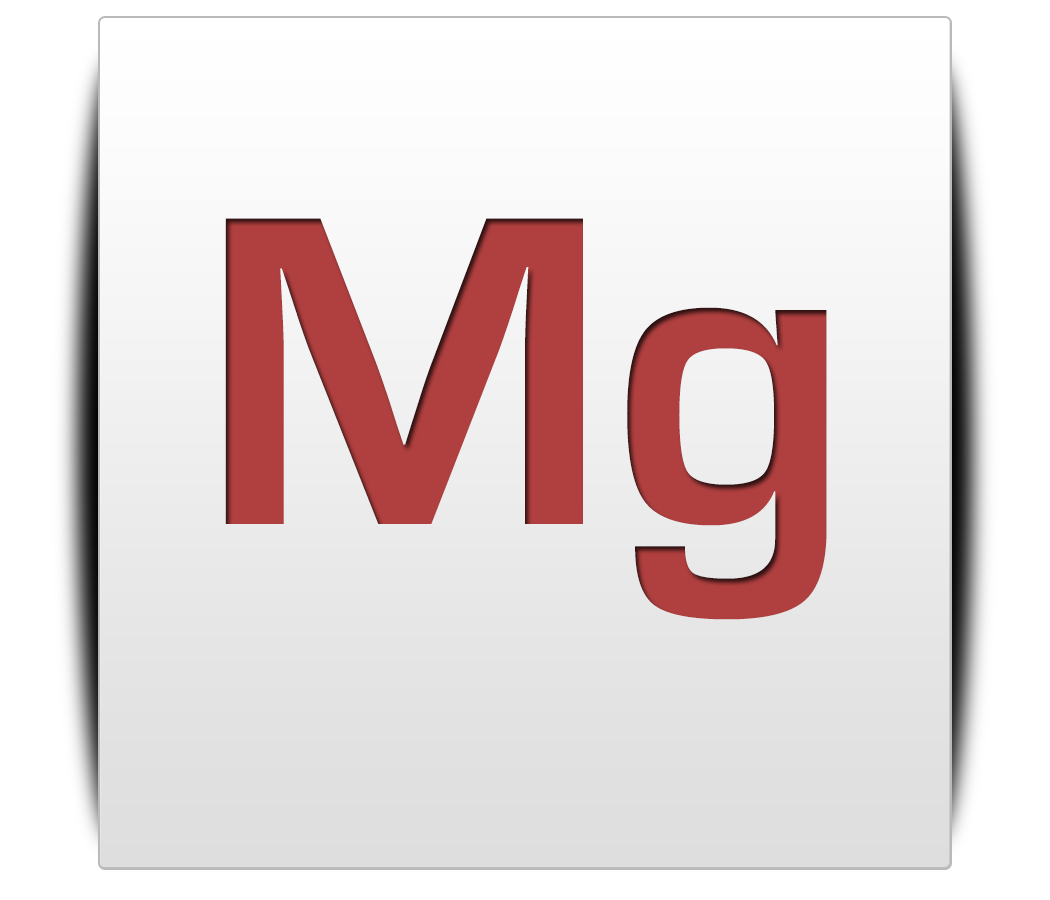
Magnesium: Magnesium is essential in water chemistry as it is the third largest ion found in saltwater environment. Magnesium primarily acts as an equalizer between Alkalinity and Calcium, as its’ positive and negatively charged ions stabilizes carbonates. If either level is “stuck” typically low magnesium levels are to blame.
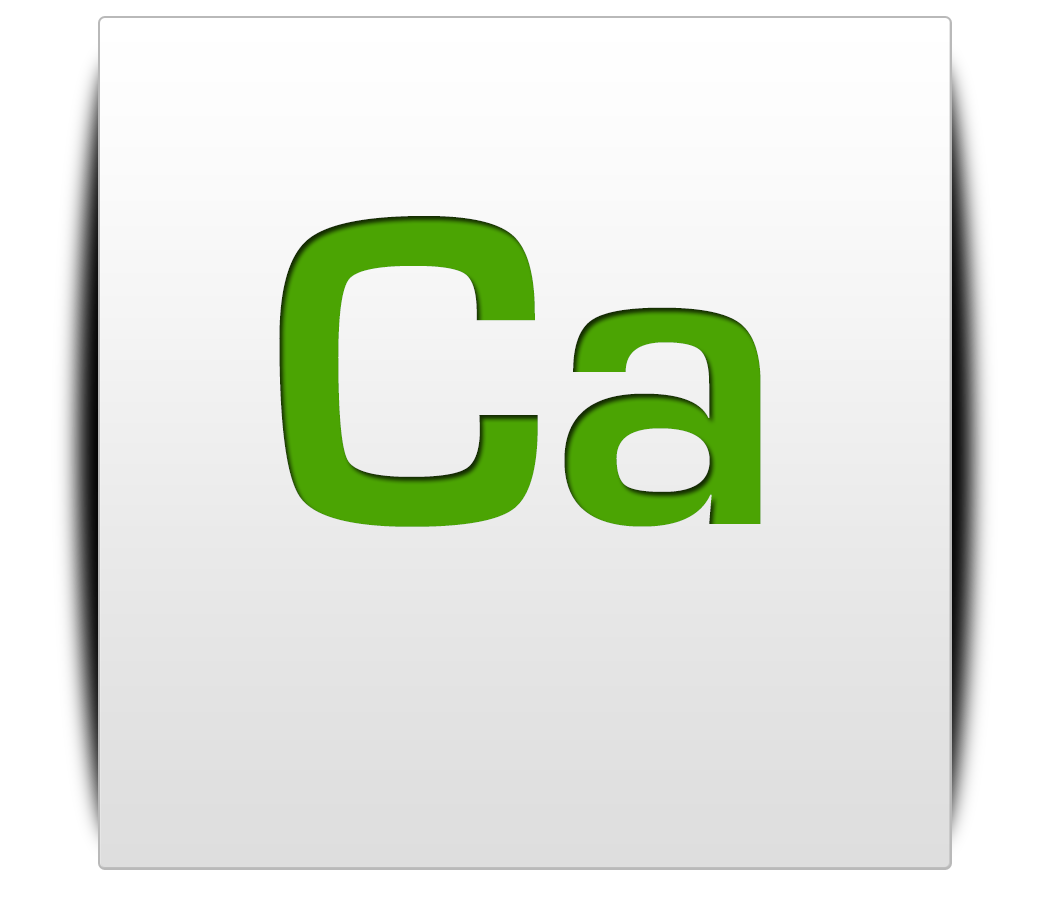
Calcium: One of the most abundant ion in a saltwater environment and is essential for corals. Just like human bone structure, corals are in need of calcium for skeletal growth and longevity. Calcium is also needed for the creation of calcium carbonate skeletons, so it is essential that calcium levels are monitored on a regular basis.

Iodine: Iodine is found naturally in sea water. Iodine is used in many saltwater aquarium environments as iodine ions aide coral longevity and coloring. High levels of iodine can aide algae blooms and growth.

